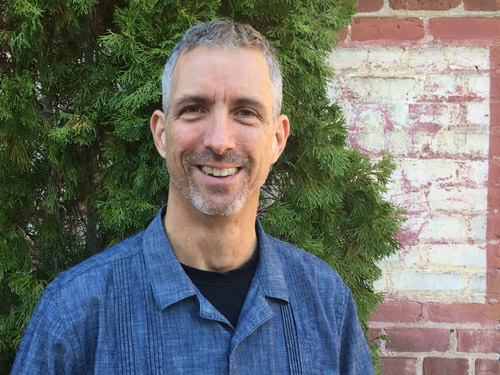PEC’s Sustainable Habitat Program Manager, James Barnes, often works with landowners in the Piedmont on a one-on-one basis—helping them find ways (and funding) to improve their properties to restore wildlife habitat and water quality. This conservation work is important, and Barnes has worked with many excited landowners. He’s realized, however, that to make a lasting difference in habitat resoration in the Piedmont, landowners will need to start looking past their property lines.
Marco Sanchez
Culpeper Rebuilt
Residents across the Commonwealth were shocked August 23, 2011 when a 5.8 magnitude earthquake, centered in Louisa County, shook the east coast. Downtown Culpeper was one of the hardest hit communities—left with numerous damaged historic buildings. Some of these buildings had to be immediately condemned due to their instability, and the County’s total damages were initially estimated be over $6.5 million.
Invasive Plants: Why Bother?
When I work with landowners on how they can better manage their properties for wildlife habitat, many common questions concern invasive plants. These questions include: “What is that weird, abundant vine/shrub/tree/pond muck? And how do I get rid of it?” Other times, it’s: “Do I need to worry about plant X?” or “Why bother?”
On the Ground
PEC has been hard at work in many areas these last few months. Read a brief story from each of our 9 counties.

Peter Krebs
Peter Krebs is working with the Charlottesville and Albemarle communities to plan and implement a network of trails and greenways. He is working with the Thomas Jefferson Planning District Commission, the Charlottesville Area Community Foundation, local governments and groups to envision a better-connected, more prosperous and healthier community—and to chart a collaborative path forward.
